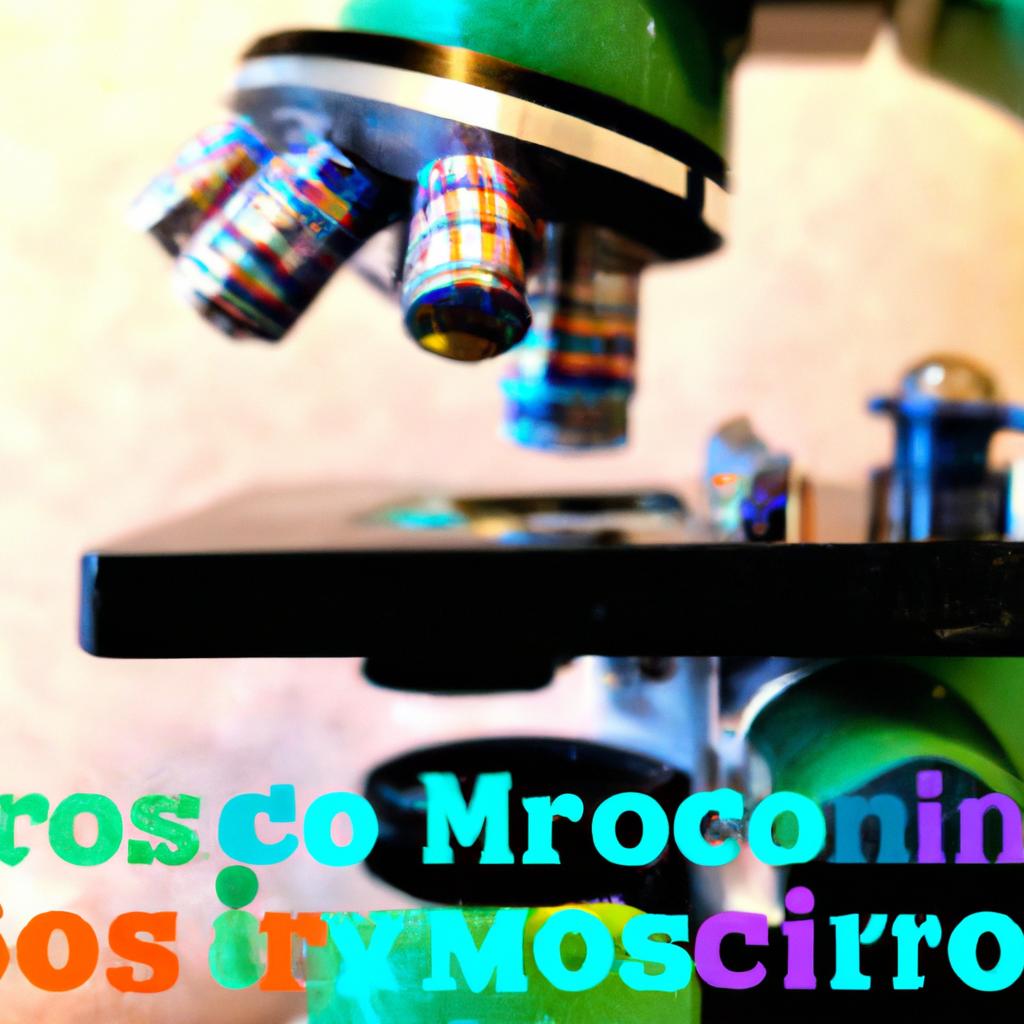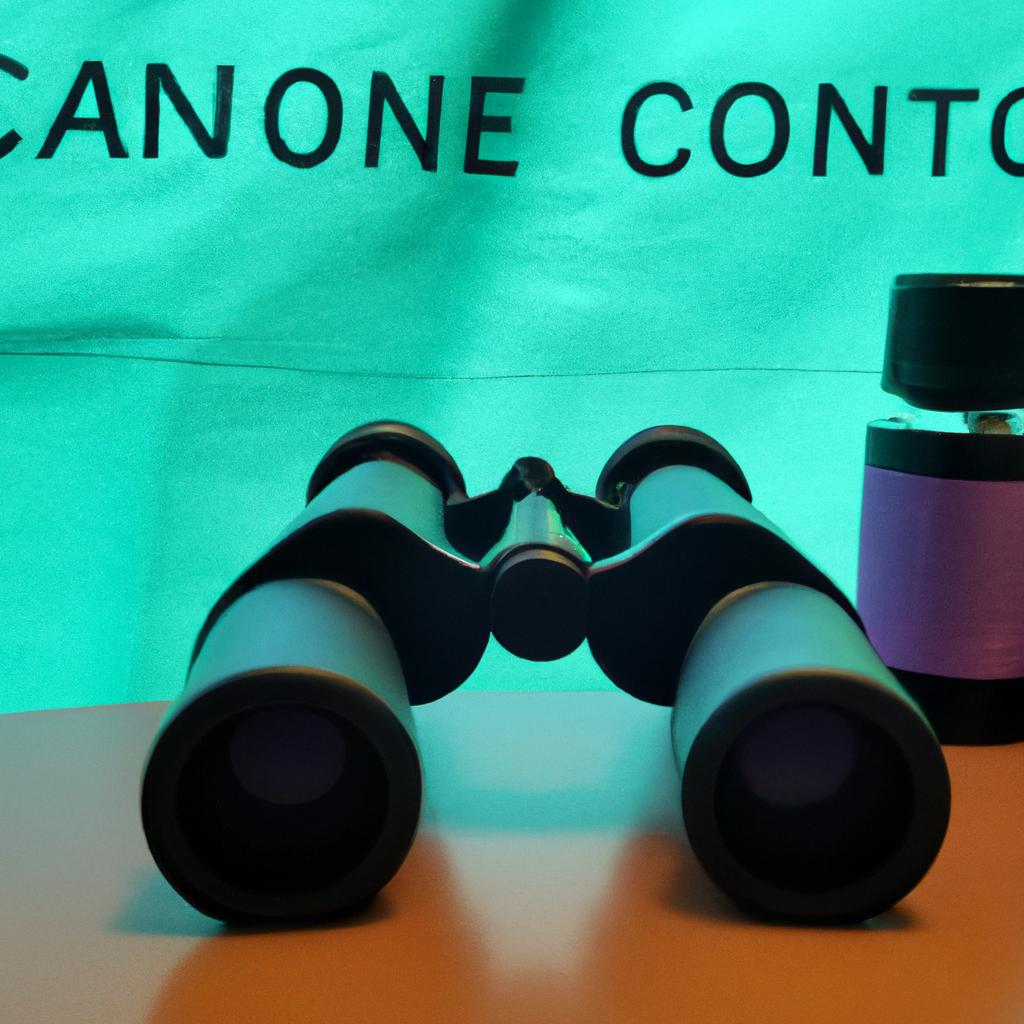What is a Circular Economy?
The term “circular economy” describes an economic system based on the principles of sustainability and resource efficiency. Instead of traditional “take-make-dispose” models, circular economies are designed to reduce consumption and reuse resources as much as possible. The goal is to break the linear cycle of waste production in order to protect the environment and conserve natural resources for future generations.
At the heart of a circular economy is the idea that nothing ever goes to waste. Instead, resources are recycled and reused over and over again, creating a closed-loop system with minimal environmental impact. This approach is becoming increasingly important as populations continue to grow and the demand for resources increases.
Why Does Waste Reduction Matter?
Reducing waste is essential in order to preserve our planet’s finite resources. Waste generation has been increasing exponentially in recent decades, with landfills overflowing and pollution threatening ecosystems. We must take action now by working to eliminate waste in order to protect human health, create more efficient systems, and conserve resources for future generations.
Furthermore, waste reduction is cost-effective. By decreasing the amount of materials and energy needed to make products, businesses can save money and boost profits. Circular economy models can also produce valuable secondary materials such as compost or recycled plastic, which can bring additional revenue streams to organizations.
Tracing the Evolution of Circular Economy
The circular economy is a model of sustainability focused on reducing waste and optimizing the use of resources. The concept has been around for centuries, but it has recently grown in popularity as companies, governments, and citizens around the world have become more aware of the need to reduce our environmental footprint.
The modern concept of a circular economy was first proposed by the economist Kenneth Boulding in 1966. At the time, his ideas were mainly theoretical, but his perspective was confirmed in later decades as companies began implementing circular economic principles. In the 1990s, the Ellen MacArthur Foundation began advocating for the implementation of a circular economy, and they developed evidence-based frameworks for businesses to use.
Since then, there have been numerous efforts to promote circular economy models. Countries like the Netherlands, France, and Japan have all enacted laws to support the transition to a circular economy. International organizations like the United Nations are also encouraging companies to adopt circular economic strategies. As a result, the idea of a circular economy has become an important part of the global conversation surrounding sustainability.
Benefits of a Circular Economy
The introduction of circular economy principles has clear benefits for the environment, businesses and society as a whole. Generally speaking, the goal of a circular economy is to reduce or eliminate waste generated by traditional economic models. By transitioning to a waste-free system, organizations will be able to save money and invest in more sustainable practices. Here are some of the key benefits of achieving a circular economy:
- Environmental protection: A circular economy helps to conserve the integrity and diversity of ecosystems by reducing waste and reusing resources. This type of model also encourages companies to adopt energy efficient production processes that have a reduced impact on the environment.
- Job creation: Introducing circular economy initiatives creates new jobs and can help to boost the local economy. As businesses shift away from outdated models to sustainable ones, new markets and opportunities arise.
- Resource efficiency: By adopting a circular model, businesses can ensure they make the most out of their resources with minimal wastage. This leads to cost savings and increased profits.
- Social benefits: Achieving a circular economy also brings social benefits. Communities can benefit from improved air and water quality and less pollution. Additionally, there is the potential for job opportunities that offer higher wages and better working conditions.
The introduction of circular economy models not only helps to reduce waste but also has numerous other benefits. From environmental protection to job creation and resource efficiency, there are many positives associated with transitioning to a circular economy.
Examples of Companies Implementing Circular Economy Strategies
Companies around the world are increasingly recognizing the importance of reducing waste and developing more sustainable approaches to their business models. This is evidenced in the growing number of organizations adopting circular economy strategies. Here, we provide some real-world examples of businesses that have successfully aimed to reduce their waste impact.
- IKEA: The furniture giant has adopted a range of circular economy initiatives, from offering discounts to customers who return used furniture and appliances, to partnering with organizations to repair and reuse product components. IKEA recently launched the “Buy Back” program, which provides customers with store credit when they return IKEA products that are still in good condition.
- Unilever: The consumer goods giant has made considerable investments in its efforts to transition toward a circular economy. Unilever has committed to using 100 percent reusable, recyclable, or compostable packaging by 2025 and has also started collaborating with packaging suppliers to increase its use of recycled materials. Additionally, Unilever has partnered with the Ellen MacArthur Foundation to advance its circular economy agenda.
- Apple: Apple has long been a leader in the development of circular economy models. Its product recovery programs allow customers to trade in their old Apple products and receive discounts on new ones. Additionally, Apple has a product repair and reuse program in its stores, and is taking active steps to increase its recycling of materials used in its products.
These examples demonstrate the potential of the circular economy to reduce waste and create a more sustainable future. As more companies continue to embrace circular economy principles, a more impactful shift towards waste reduction is sure to follow.
Examining Challenges in Deploying Circular Economy Principles
In theory, a circular economy sounds great. It would reduce our dependence on one-way linear thinking and put an end to waste. But how feasible is it to actually transition to a circular economy model? The global economy has been built on a linear system of resource extraction and production so there are a few challenges that need to be addressed if we want to create a truly sustainable circular economy.
For starters, many businesses rely on cheap raw materials and inexpensive labor, which are not always available in a circular economy model. In addition, the infrastructure of existing systems needs to be re-imagined and re-engineered in order to support a more circular approach. Moreover, companies must become comfortable with sharing their proprietary technology and data so that recyclers can better deconstruct products and find new uses for materials.
Finally, there are cultural barriers to overcome. People must be willing to embrace a new way of thinking, one that values sustainability over profits. This could be achieved through government regulations, public engagement initiatives and incentives for businesses to adopt more eco-friendly practices.
The Role of Government Policy and Regulatory Reforms
As the need for a circular economy becomes increasingly more important, governments are looking to put in place policy and regulatory reforms that promote the transition to this sustainable model. Governments around the world have been recognizing the potential of the circular economy to reduce waste and provide economic and environmental benefits.
In countries such as the Netherlands and Finland, governments are encouraging initiatives such as subsidies for companies who adopt circular economy principles and taxes to discourage resource-intensive practices. Alongside this, government departments are enacting legislation that prioritize sustainability in how materials and products are produced, used, and disposed of. Ultimately, this supports a shift away from the traditional ‘take, make, dispose’ system and towards the more efficient and sustainable ‘reuse, recycle, and recover’ system associated with the circular economy.
Beyond policy reform, governments can also play an important role in educating and incentivizing businesses and citizens to adopt circular economy strategies. This could involve providing free materials, training, or other resources needed to help facilitate the change. Finally, governments can use technology to create better systems of data exchange across different industries and sectors, enabling businesses to track the flow of materials more accurately and identify opportunities for waste reduction.
Technical Solutions for Achieving a Circular Economy
In order to reduce waste, it is important to implement the right technical solutions and processes. One of the most effective ways to do this is by embracing the principles of a circular economy. This means designing and producing goods that are made to last longer, can be repaired, recycled, and reused. Technologies such as 3D printing, biomimicry, and materials science are key tools in this process.
3D printing has become increasingly popular in recent years, enabling the production of complex designs using minimal resources and even renewable materials such as PLA plastic. This drastically reduces the need for raw materials and makes recycling easier. Biomimicry is also gaining traction, utilizing nature’s design principles to make products more efficient and sustainable. Materials science is another important tool, with researchers investigating new materials that can be recycled or decomposed.
These technologies have enabled companies to create circular business models that reduce waste and increase efficiency. For example, some companies are offering low-cost repair options or leasing programs to maximize product usage. Others are rethinking packaging to create innovative and eco-friendly solutions.
However, it is important to note that these technologies may not always be sufficient on their own. Governments, businesses, and consumers need to be willing to invest and collaborate in order to achieve true circularity. Nevertheless, they are still useful tools in helping us to transition to a more sustainable future.
Incentivizing the Transition Toward a Circular Economy
A key challenge in achieving a circular economy is motivating businesses to adopt a different system of production and resource management. Companies need to be incentivized to switch from their traditional linear model, where materials are used only once, to a more sustainable circular one. Governments can play a role in this transition by offering financial incentives and subsidies. For example, they can provide subsidies for businesses that adopt circular economy principles or create tax incentives for companies that make sustainable investments.
Additionally, governments can develop programs that reward businesses for reducing waste and emissions. This is already happening in several countries, such as Finland, which has a program that rewards businesses for recycling and reusing materials. Businesses can also be incentivized through public-private partnerships, where private companies join forces with the public sector to develop efficient waste management solutions.
In recent years, the global economy has been transitioning toward greater sustainability, and many businesses have been at the forefront of this shift. Governments across the world have implemented policies and regulations to promote circular economy principles, and have offered incentives to businesses willing to make the transition. These strategies have created an economic environment that encourages investments in sustainable solutions and rewards those who contribute to creating a waste-free economy.
Public Education on the Benefits of a Circular Economy
Education is an essential part of fostering a circular economy. The public needs to be informed about the importance and benefits of reducing waste in order to understand the advantages it could bring. Governments, businesses, and non-profit organizations can all play a role in providing the necessary education.
For instance, governments can initiate campaigns that promote sustainability. These campaigns should focus on explaining the negative impacts of excessive waste and why transitioning to a circular economy is beneficial. Schools and universities can also be used as platforms to raise awareness, with teachers facilitating lessons on the advantages of sustainability and resource conservation.
Businesses can use public events and workshops to explain the concept of a circular economy and its benefits. Companies can also partner with local organizations and charities to provide resources and tools to help households produce and consume goods more responsibly. For example, companies could run educational sessions on how to reduce waste by composting or reusing materials.
Finally, non-profits can develop programs that focus on teaching the public how to adopt circular economy practices. For example, they could organize campaigns that challenge people to reduce their individual waste production and adopt more sustainable consumption patterns. Non-profits can also develop digital tools and audio-visual materials to make the adoption of circular economy practices easier.
Global Cooperation on Circular Economy Objectives
In order to reduce waste globally, we need to consider the possibility of collaboration beyond our borders. By establishing strong ties with other countries, we can develop a collective understanding of the challenges and rewards of transitioning to a circular economy. Through this joint effort, best practices and innovative solutions can be identified and implemented in a timely and effective manner.
Cross-border collaborations can help cut through the red tape that often affects businesses and organizations. For instance, international governments can work together to provide mutual access to their respective markets, meaning products and raw materials can be exchanged more easily. In addition, multilateral agreements can be forged between participating parties, providing an incentive for circular economy adoption by offering tax and regulatory relief benefits.
To move forward, governments should strive to create supportive policies that can serve as frameworks for global cooperation. This includes setting minimum standards for waste management as well as encouraging research and development efforts on circular economy products and processes. With the global community working together, we can create a network of circular economy programs, allowing the concept to spread worldwide and leading to a much lower global environmental burden.
Conclusion
The circular economy is a potential solution to our global waste problem, offering numerous benefits for both businesses and society. It promises to reduce the environmental impact of our consumption, while enabling greater resource efficiency and providing economic opportunities. By embracing a circular model, companies can significantly cut their costs and generate more value from existing resources. Governments have the power to accelerate the transition to a circular economy by creating supportive policies that incentivize businesses, while public education is essential in helping people understand the importance of reducing waste.
Through coordinated efforts between government, business and civil society, it is possible to achieve a truly waste-free system. We are already seeing examples of how circular economy principles can be applied from companies around the world. With the right tools and incentives, we can move closer to a sustainable future with zero waste.
Resources and Citations
The transition to a circular economy can be a daunting task, and access to reliable resources and information is essential. To that end, the following citations are included to offer further reading and research on topics related to circular economy and waste reduction.
- Ellen MacArthur Foundation: Economic Circular Resources Database (ECRD) (www.ellenmacarthurfoundation.org/ecrd)
- European Commission: Closing the Loop—A Circular Economy Action Plan for a Competitive Europe (ec.europa.eu/environment/circular-economy/index_en.htm)
- GreenBiz: Learning Hub for the Circular Economy (www.greenbiz.com/topic/circular-economy)
- World Economic Forum: Toward the Circular Economy: Accelerating the Scale-up Across Global Supply Chains (www.weforum.org/agenda/2017/05/toward-the-circular-economy-accelerating-the-scale-up-across-global-supply-chains/)
These resources provide valuable insights into the complexities associated with fostering a circular economy and demonstrate the various stakeholders that must be involved in the process. We hope this guide can serve as an introduction to help people understand the challenges and benefits of transitioning to a waste-free system.
comments: 0











